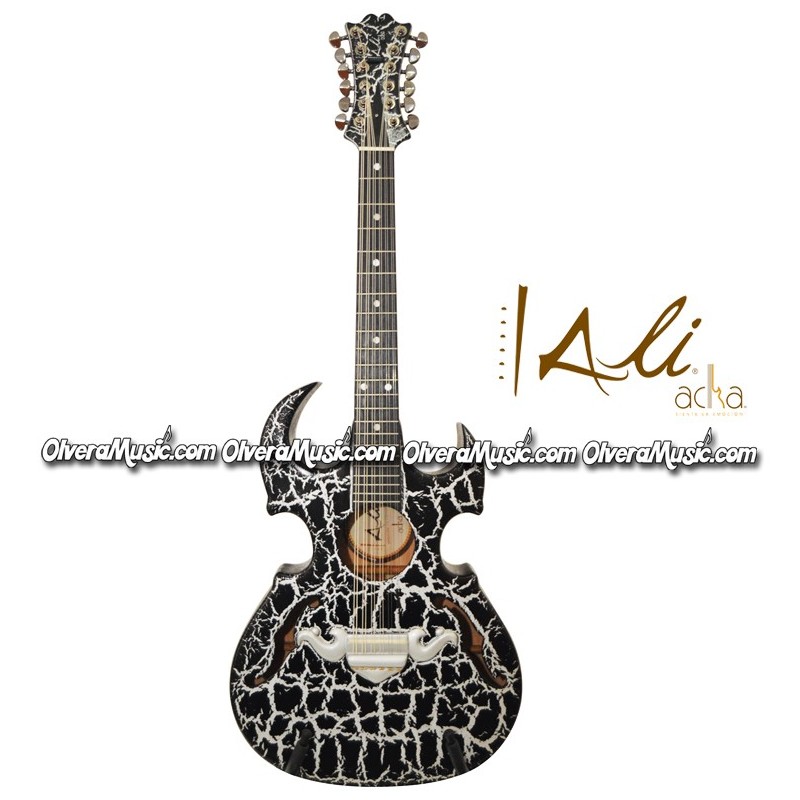

If the f-hole area can be represented merely by the total surface of a sphere whose diameter is one quarter of the length of the f, it is possible to pre-calculate and design an f-hole whose length and area fall within narrow known parameters.

In terms of violin acoustics the knowledge of the link between f-hole and sphere is rather useful, since matching the f-hole area to the volume of the soundbox is an important part of the design process. There are links on the web that suggest a solution for an exact mathematical analysis of dimensions cut and surface that can generate the exact Amati form. The nicks of the f’s fall equidistant from the poles on a line of longitude between the two polar centres, and are offset by the angle of the development of the left-handed helix. Soon I was in the supermarket looking for spherical citrus aids and a few cuts on a number of lemons with a sharp scalpel were enough to prove that slight modification of the helical track as it leaves the poles could substantially modify the resulting 'f' into nearly the Amati form. Cremona’s Hebrew, Latin and Arabic scholars bridged the divide to the ancient Greeks with their knowledge of music, geometry and proportion, while among many other Italian cultural influences, the use of the proportional compass, the digital calculator of the Renaissance, allowed the fine tuning of the form of the instrument, which let the violin achieve its present form as early as 1530.īut what about these c-holes, and what drove their adaptation to the violin f-hole of its current form? Was it simply, as some have noted, that the double 'f' was in homage to the first significant Amati client, Francis I of France? Or is there a more complicated reason? Recently, while considering the design of the f-holes of one of the earliest known Amati instruments, the ‘King’ cello of Charles IX of France, I found a possible path of evolution. It was in Cremona of the 1500s, with its mathematicians, its alchemists and its multilingual and multicultural society, that the DNA of the first violin was assembled. With very sound reason, tradition places the invention of the model in the city of Cremona between 1520-1550, and in particular in the workshop of the Amati family of instrument makers. It seems as if the violin was born fully formed, overnight, with all of its characteristics fully functional and intact: a super-being ready to slay all of its competitors through the poignant excellence of its beauty, power, construction and design.


The origin of the violin can be traced to Northern Italy at the beginning of the 1500s and it is significant that many of the illustrations of these first instruments have c-shaped soundholes instead of the now ubiquitous f-shaped holes of the modern violin.


 0 kommentar(er)
0 kommentar(er)
